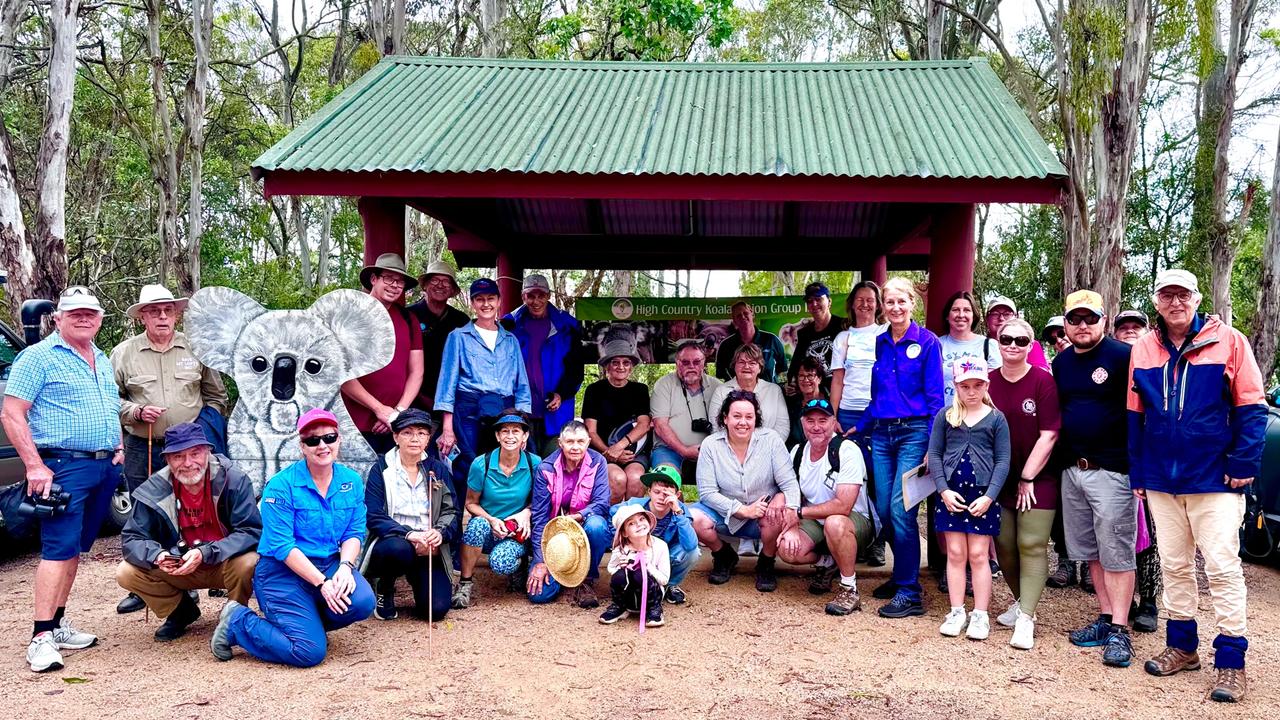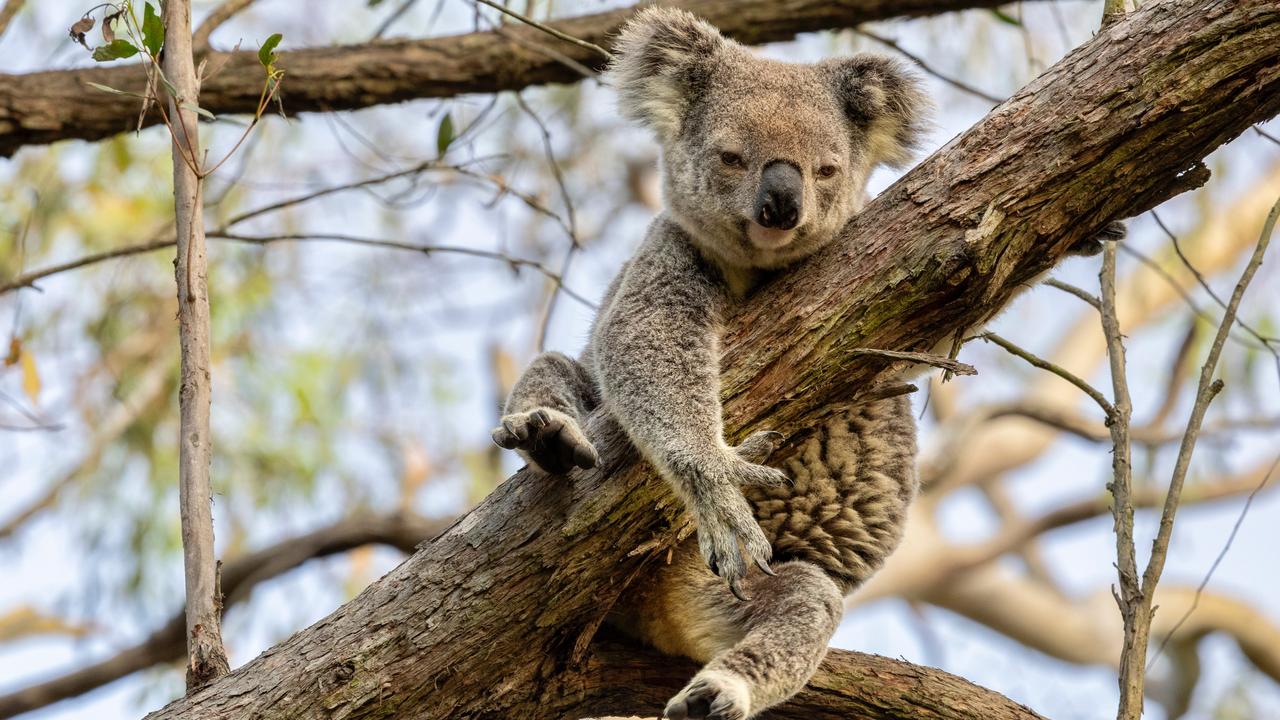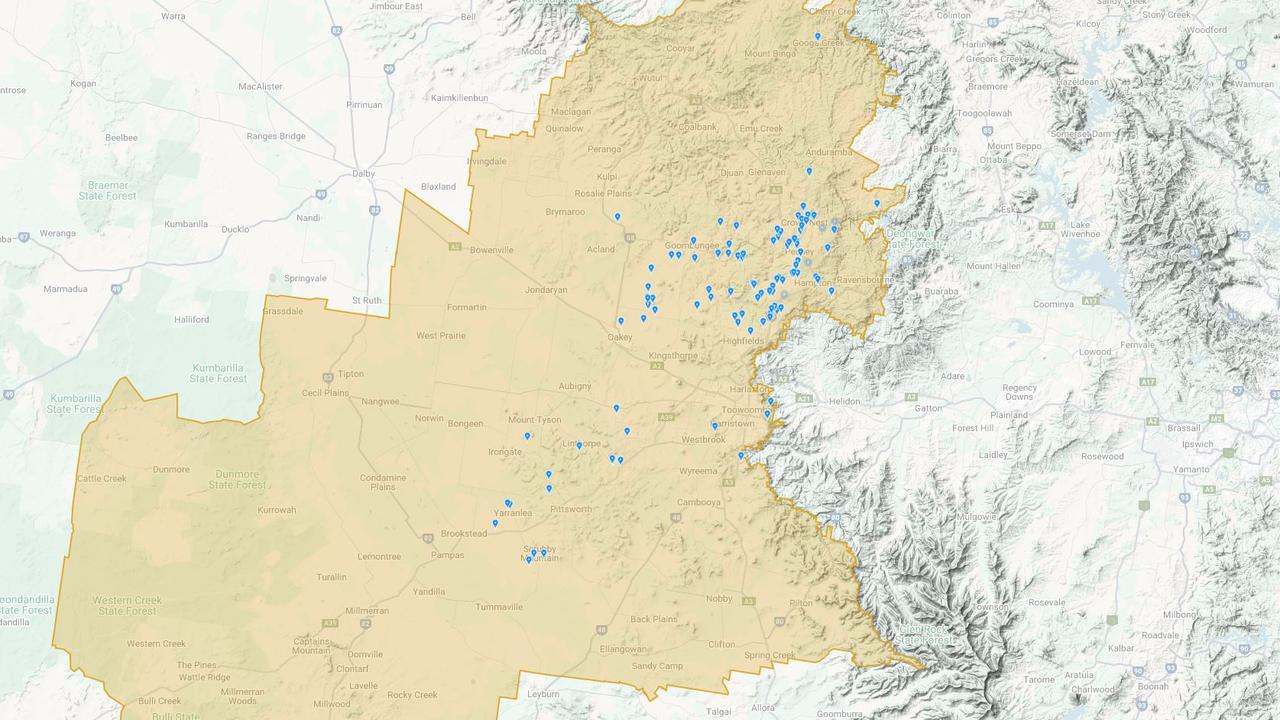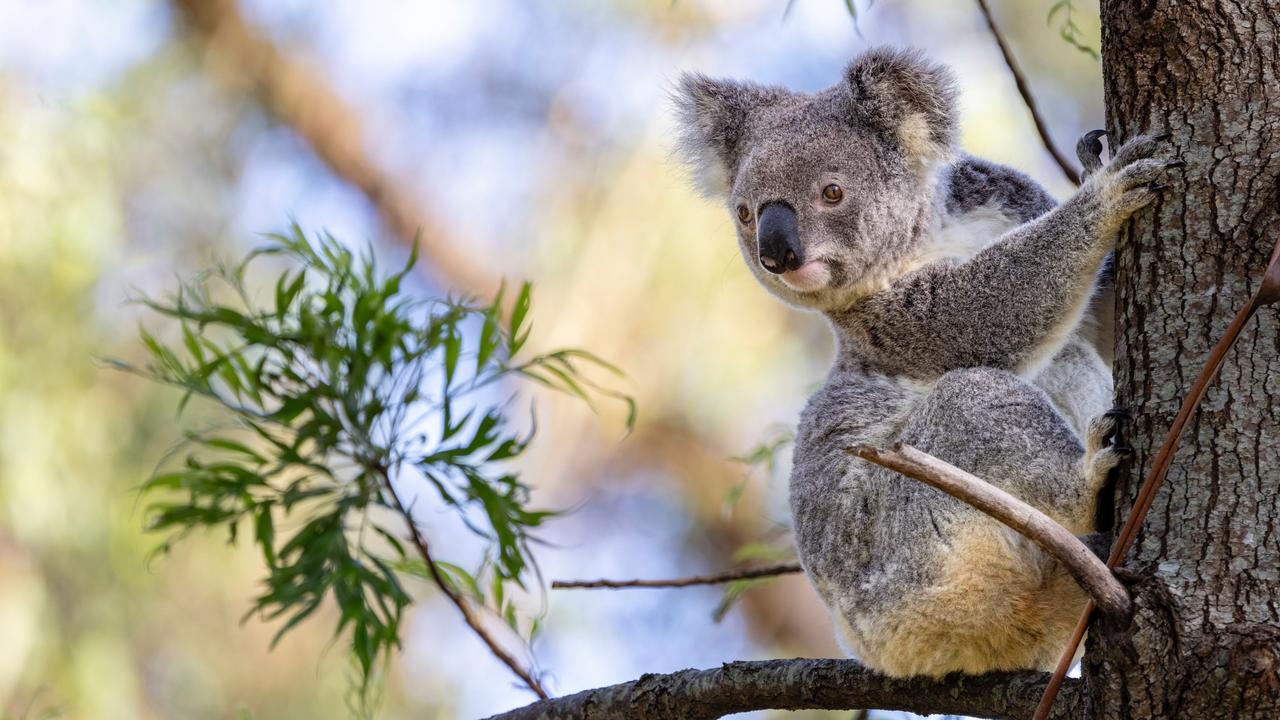Toowoomba koala population: Annual community counts in Pittsworth, Geham, Crows Nest reveal increasing numbers as council urged to improve work
‘Encouraging’ trends within the Toowoomba region’s koala population have prompted advocates to call on the council to increase efforts to further protect the beloved marsupial.
Council
Don't miss out on the headlines from Council. Followed categories will be added to My News.
Koala advocates are calling on authorities to step up their efforts to protect the endangered species across the Toowoomba region, after community efforts revealed “encouraging” trends within its local population.
The Toowoomba Region Koala Habitat Project’s annual count across three locations within the local government area in November found 230 individual koalas, up from 220 in 2023 and just 65 in 2021.
The stabilising population figures coincide with increasing interest from residents in participating in the annual count, with the latest events drawing dozens of locals, researchers and experts.
Project organiser Chris Meibusch said the breadth of koala numbers across the region was the most positive sign.

“We chose to count wild koalas, and in counting those, the geographic spread is really significant,” he said.
“We found 22 in two hours in Crows Nest — that’s a massive number of koalas, that’s comparable to other parts of southeast Queensland.
“We see a real role for community organisations to be doing this work — there’s now a database of 400 people across the region (involved with us), and that’s exciting because we’re building a legitimate interest from the community.
“I’m hopeful of increasing that awareness, and that will change behaviours with residents wanting to preserve koala habitat.”

Mr Meibusch presented the results this week at the Toowoomba Regional Council’s first meeting of 2025, urging the council to build on what the community had started.
“It’s obviously encouraging and it casts a greater requirement on all of us including council to take steps to protect them,” he said.
“The contrast is between what we as a community do for our koalas, against what other southeast Queensland and northern NSW councils do.
“Those councils have a long-term commitment to the conservation of koalas, based on extensive research.
“A starting point for council is to seriously consider a tree conservation regime, that is something that’s in place across all other SEQ councils, which has now been delayed — it’s overdue.”

Toowoomba deputy mayor Rebecca Vonhoff said the new figures were a chance to reapproach the council’s 2021 request to extend state koala mapping to the region with the newly-elected LNP government.
Ms Vonhoff said a new minister meant a “new opportunity”.
“There’s an opportunity for us to reiterate council’s position that state government mapping be updated to more accurately reflect koala populations right across the Toowoomba region,” she said.
“It’s timely given the current strategy is expiring this year.”
Mr Meibusch welcomed the endeavour, but urged the council to show it was serious about koala conservation.

“I am concerned as to whether there will be an extension of mapping, because there was no funding for mapping in any part of the Toowoomba region,” he said.
“I don’t think we understand the work that needs to be done before we compete with regions like Redlands or Ipswich, who are in the running for state and federal funding because they’ve done some legwork.
“You can’t just rock up, having done nothing for 20 years and then ask for funding.”
Mr Meibusch said community initiatives like the TRKHP also could play a role in reaching landholders who could support habitat revitalisation.
“We’ve got farmers now wanting to plant new trees on land that their grandparents bulldozed,” he said.
“There is a reluctance of landholders at the moment to report koalas on their land, for fear that government will regulate their land.
“That’s why I see a role for community organisations — we’re giving advice to landholders.”
For the full report, head to the website.









